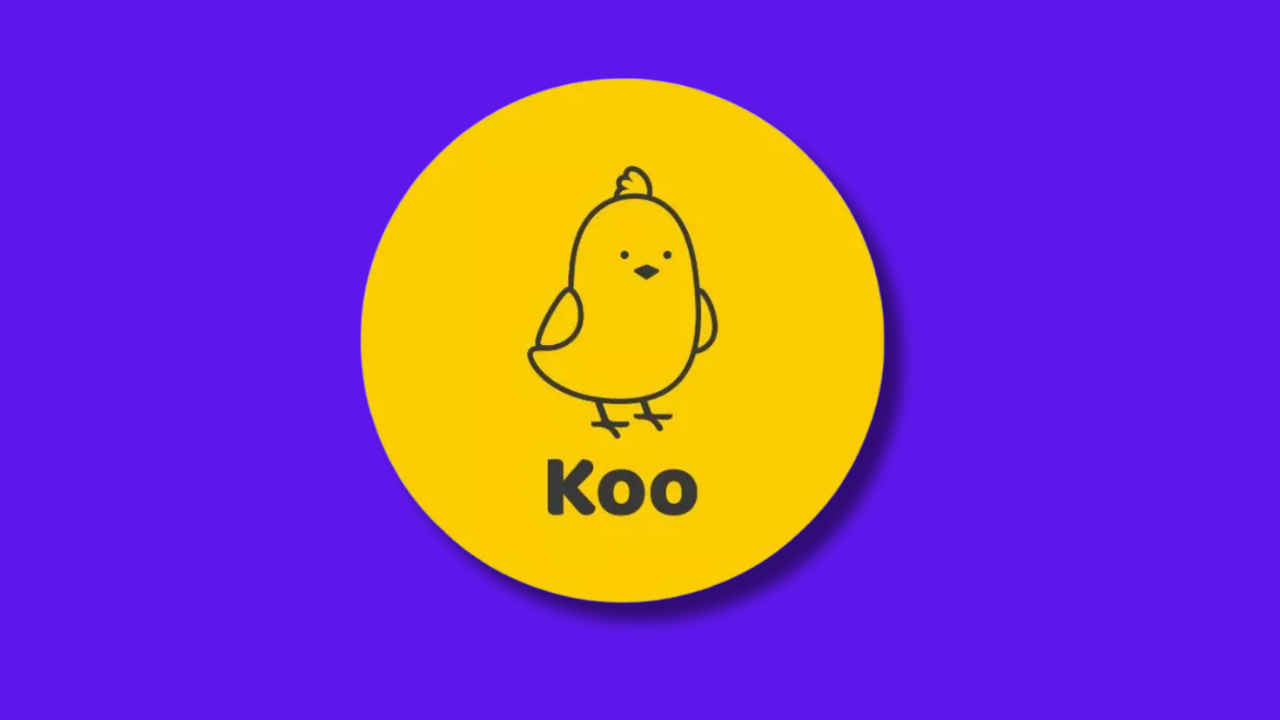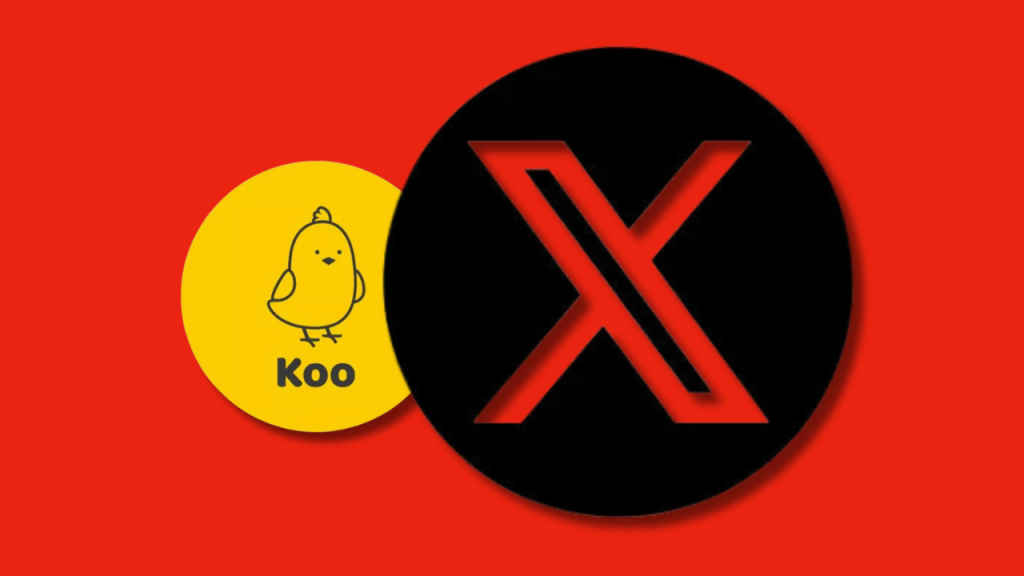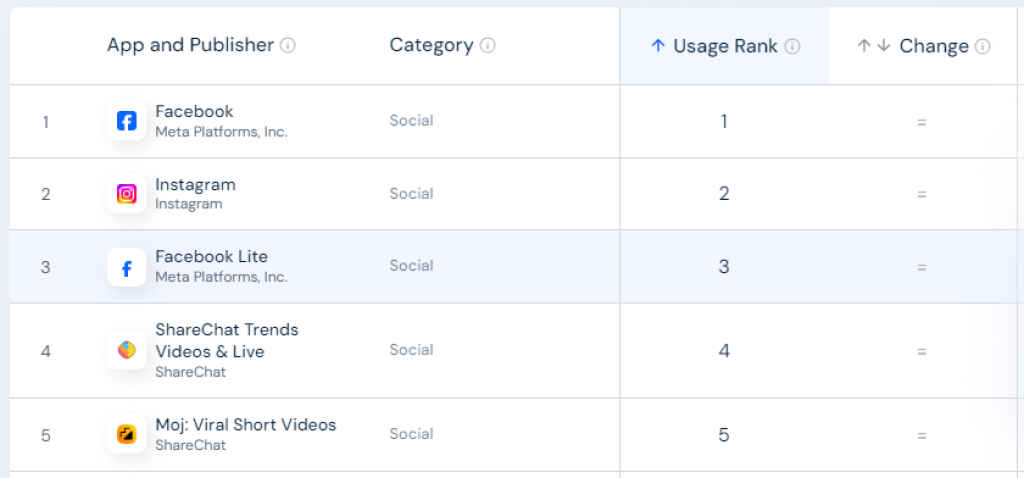Koo shutdown: What it means for Made in India social apps

While we were busy doom scrolling through the latest Insta Reels and YouTube Shorts, laughing at viral videos and sniggering at the latest memes, how many of us even realised that one of India’s own homegrown social media platforms quietly went into the sunset? Unfortunately, Koo has announced it will be shutting down operations, thereby bringing down the curtains on a homegrown social media platform that promised a lot but ultimately failed to deliver on its early hype.
 Survey
SurveyAlso read: Indian Twitter rival Koo is shutting down: Here’s why
Launched in 2020, at the height of the pandemic, Koo was positioned as an Indian alternative to Twitter (now X.com). Koo and Twitter shared a fundamental similarity as microblogging platforms, wherein they both allowed users to share short text posts. Both offered features like following, liking, retweeting (or re-kooing, in the case of Koo), and direct messaging between users. Both platforms also hosted trending topics and allowed users to share media like images and videos, among other things.
However, compared to Twitter (X.com) there were some key differences that set Koo apart. Since it was a made in India social media platform for a predominantly Indian audience, Koo had a strong focus on Indian languages from the get go as one of its key differentiators (compared to Twitter), offering support for multiple regional tongues – while Twitter, as you all very well know, largely caters to an English speaking audience. This linguistic diversity made Koo more inclusive and palatable for India’s diverse population. Additionally, Koo’s character limit was also higher than Twitter’s – 500 characters vs 280 characters – allowing for longer posts and more wholesome conversations.

While Twitter boasted off a global user base and established brand recognition, Koo was positioning itself as a much-needed homegrown alternative to cater to the Indian audience’s unique taste. This localisation and language focus should have given Koo a competitive edge in the Indian market, especially among users seeking a platform that resonates with their cultural and linguistic identity. Unfortunately, that didn’t come to pass.
The founders of Koo, Aprameya Radhakrishna and Mayank Bidawatka, made the announcement of shutting down the fledgling microblogging platform on LinkedIn, citing unsuccessful attempts to secure funding and partnerships for continued growth.
After its launch in 2020, Koo gained initial momentum in 2021 during a period of tension between the Indian government and Twitter. The platform attracted government officials and celebrities, promoting itself as a space for discussions in Indian languages. At its peak, Koo grossed over 2.1 million daily active users, about 10 million monthly active users, and over 9,000 high profile personalities from various fields were active on the homegrown Twitter alternative. What’s more, Koo even expanded to markets like Nigeria and Brazil, where it managed to get some traction, as unbelievable as it sounds. According to its co-founders, Koo was just “months away from beating Twitter in India” in 2022, poised to double down on its growth spurt with timely capital infusion. But it wasn’t to be.
However, despite its semblance of growth, Koo struggled to secure long-term funding. Negotiations with potential acquirers, including Dailyhunt, reportedly fell through, according to several initial reports. The founders stated they explored partnerships with various internet companies and media houses, but “the wild nature of a social media company” discouraged many.
Despite its closure, the founders of Koo haven’t ruled out future endeavours. They’re considering converting Koo’s assets into a “digital public good” to facilitate social conversations in native languages globally. For the sake of Indian social enterprise, I hope Koo’s shutdown is temporary, and not a sign of things to come.
Are Made-in-India social media apps doomed?
Koo isn’t the first homegrown Indian startup that tried to disrupt the landscape of social media apps in the country, trying to wean off users from Meta’s Instagram and Google’s YouTube.
Mohalla Tech’s ShareChat, an immensely popular short-form video platform gained initial traction in 2020, clocking 15 million downloads hours after Indian banned Chinese apps, with even MyGov launching its official account on the platform. But it struggled to compete with the rise of international short video platforms and dominate the race for Indian eyeballs on social media. In time, though, ShareChat eventually pivoted to focus on regional content, clocking over 160 million users to become one of the most popular social media apps in India available in 15 languages. However, ShareChat’s valuation was cut by around $3.4 billion last year, and the firm laid off over 800 people in 2023, according to reports.
Short video sharing apps Moj, launched by ShareChat to fill the void of TikTok’s ban from India in 2020, was reportedly coded in just 30 hours and pushed out of the gate. It now reportedly enjoys over 100 million users in India, according to reports. But since MX TakaTak’s acquisition by ShareChat in 2022, Moj’s user base has dwindled and its revenue has stagnated, claimed an Inc42 report.
Even Chingari, a short video-making app that enjoyed tens of millions of users around the pandemic years, recently pivoted to a paid and private live streaming app which aims to connect users and creators, according to an Entrackr report. As much as 60-percent of Chingari’s employees were let go just a few months ago, as per media reports, which may indicate signs of diminishing momentum in terms of user base – which according to Statista has less than halved since 2022.
Suffice to say that the short-form video app space in India remains particularly competitive in the overall social media landscape of the country, after a surge of Indian short-video apps following the TikTok ban in 2020. Names like Roposo, MX Takatak, Chingari, Mitron and Moj gathered initial momentum in the wake of the Chinese apps ban, but more than three years later and despite mergers and consolidation, almost all of them are facing an uphill battle to retain and grow their user base in comparison to the more established players like Instagram Reels and Youtube Shorts – the two most dominant social media platforms in India, with 2.35 billion and 2.3 billion monthly active users, respectively. I mean, just look at the apps on your own phone and what your friends and family are using the most. Are any of them even remotely homegrown?

As we bid farewell to Koo and reflect on the eventful rides of other Indian social media startups, it’s clear that the journey for homegrown platforms has been fraught with challenges. From the initial surge of patriotism-driven downloads to the harsh realities of competing against global giants, the trajectory of made-in-India apps has been nothing short of a roller coaster in the last 4-5 years – with huge spikes in users thanks to the pandemic years, and near free fall in user retention in the last couple of years. Far from calling this the end of the Indian social apps ecosystem, I’d like to think of it as a new beginning for future potential success, which begins with genuine user-centric innovation. Apps that are doing it right are getting rewarded by user attention, just take a look at SimilarWeb’s Most Popular Social Apps in India list – you’ll find quite a few made-in-India social success stories that are still going strong.
As Indian entrepreneurs continue to dream and build, one can’t help feeling a tad bit optimistic amidst all the doom and gloom scenario. After all, the past has shown us the potential, the present challenges us to adapt, and the future beckons with the promise of homegrown entrepreneurship brilliance yet to be fully realised as far as the Indian social media landscape is concerned.
Also read: Twitter is testing a new dislike button: Here’s what it will do
Jayesh Shinde
Executive Editor at Digit. Technology journalist since Jan 2008, with stints at Indiatimes.com and PCWorld.in. Enthusiastic dad, reluctant traveler, weekend gamer, LOTR nerd, pseudo bon vivant. View Full Profile